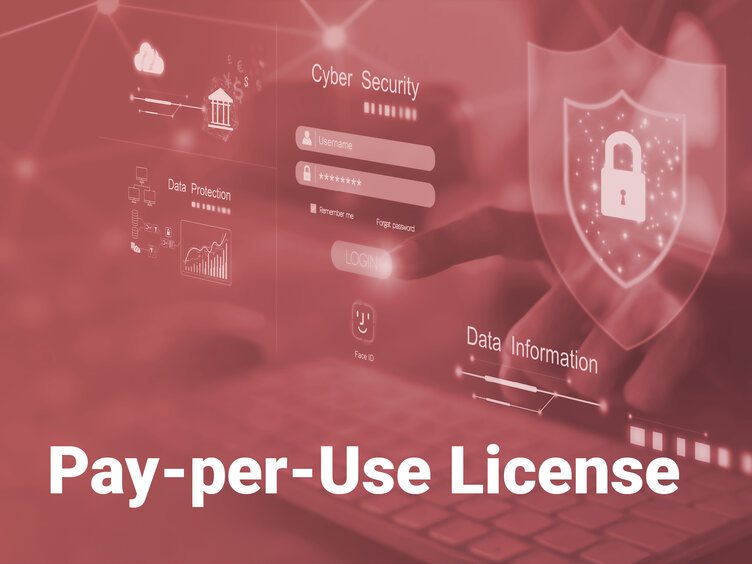Pay-per-use license (usage-based licensing)
A pay-per-use license (usage-based licensing) is a licensing model in which software providers charge usage fees exactly according to consumption - for example, per user, transaction, processing time or function call. In contrast to flat-rate models, customers only pay for the resources they actually use.
Significance in the context of software protection
In software protection and license management, this model serves to combine monetization and piracy prevention:
- Flexible monetization: enables scalable revenue through granular billing.
- Control of unauthorized use: Through real-time monitoring of license usage and automatic blocking mechanisms.
- Market-driven pricing: Adaptation to volatile usage patterns (e.g. seasonal peaks in the cloud infrastructure).
Important components
| Component | Function |
| Usage metrics | Measurement of consumption units (e.g. API calls, computing time) |
| License server | Central management and monitoring of licenses |
| Pay-per-use counter | Stores consumed units (e.g. in hardware dongles or cloud licenses) |
| Billing APIs | Automated integration into payment systems |
Influencing factors
- Customer demand: More and more companies are demanding cost-transparent models.
- Technology: IoT and AI require dynamic licensing (e.g. machines that activate software features depending on operating hours)
- Regulation: GDPR-compliant usage data collection is becoming mandatory.
Advantages
Practical example
Autodesk Fusion 360 offers a usage-based license for CAD software:
- Users pay $15 per hour for premium features such as generative design.
- Advantage: Small businesses save costs, while Autodesk achieves greater reach through microtransactions.
Future & relevance 2025+
- Hybrid models: Combination of subscription and pay-per-use.
- AI-driven price adjustment: Dynamic prices based on usage forecasts.
- IoT integration: Machine manufacturers such as Siemens use pay-per-use licenses.
Conclusion
The pay-per-use license model enables flexible, usage-based billing of software and ensures cost transparency and protection against license abuse through real-time monitoring. It is becoming increasingly important in view of the growing demand for scalable, market-driven solutions and technological change.
Author:
Steffen Kätsch
Senior Support Engineer / Consultant License Management
Education: FH Jena
Expertise: License Management Software Licensing Software Protection IT Compliance Digital Rights Management
